Absolutely! Here’s a better version of your piece, with more depth, introductions to subtopics, and a better-organized discussion of the problems with smart home technology. This edition aims to be both functional and well-optimized for Google rankings.
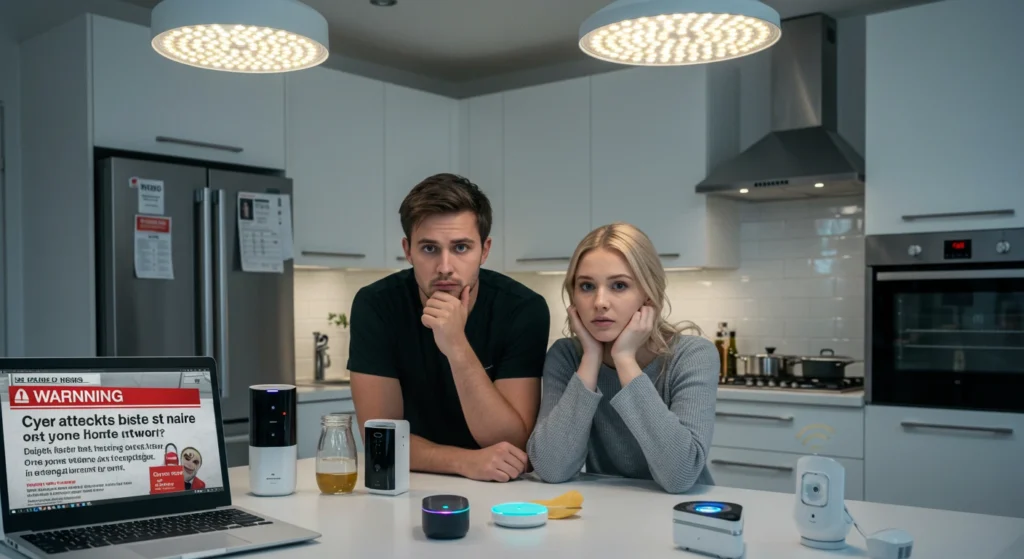

Table of Contents
Introduction
When you get home from a long day, imagine that with just a voice order, the lights turn on, the temperature changes, and your favorite playlist starts playing. Smart home technology promises to make our lives easier and more linked by making our homes safer, more convenient, and better at using energy. What happens, though, when the magic turns into anger?
I was pleased with my smart thermostat until it stopped working during the coldest months of winter. It quickly became inconvenient, and what was meant to be a luxury became a nuisance.
Before buying smart gadgets, consider the risks associated with smart home technology. The downsides, ranging from worries about privacy to unplanned costs, may be more significant than the advantages. Let us discuss the problems and risks of making your home bright.
Privacy and Security Risks: Who’s Watching You?
Although innovative technologies can improve our lives, they also present security risks. These systems include flaws that hackers can exploit, endangering your home security and personal information.
Hackers Love Smart Homes: How Cybercriminals Exploit Vulnerabilities
Regarding cybercriminals, smart devices are comparable to an open invitation. In 2023, hackers could compromise more than 1.5 million smart home devices, with their targets ranging from doorbells to cameras. You could get unwanted access to your home network and personal data by exploiting vulnerabilities in these devices.
Your Data Is at Risk: How Companies Collect and Use Your Private Information
Every smart gadget you own gathers information about your daily habits, likes, and dislikes. People do not just store this information; they also share it with others, like marketers. As a result, there may be more relevant ads, but this also makes me very worried about my privacy, especially if my data leaks.
Even worse, hackers may find this information very valuable. If they have access to private information, they could steal your name, commit fraud, or even break into your home.
Security Cameras Can Be Hacked: Real-Life Cases of Smart Camera Breaches Risk—
Smart security cameras are designed to provide peace of mind, but hackers have also targeted them. According to reports worldwide, hackers have gained access to home security feeds. In some cases, intruders observed homeowners and communicated through the cameras.
Voice Assistants Eavesdrop: Are Alexa and Google Listening All the Time?
Voice assistants like Amazon Alexa and Google Assistant constantly listen for requests, but what happens if they overhear private conversations? While these gadgets are designed to activate just when you mention a trigger word, there have been concerns that they would capture more than intended.
Tips to Protect Yourself: Securing Your Smart Home from Cyber Threats
To minimize these risks, follow these steps:
- Use strong, unique passwords for each smart device.
- Turn off voice assistants when not in use.
- Enable two-factor authentication for added security.
- Regularly update your devices’ firmware to patch security flaws.
- Only purchase from reputable brands that prioritize cybersecurity.
Taking these precautions can help protect your smart home from potential cyber threats.
Expensive Upfront and Maintenance Costs
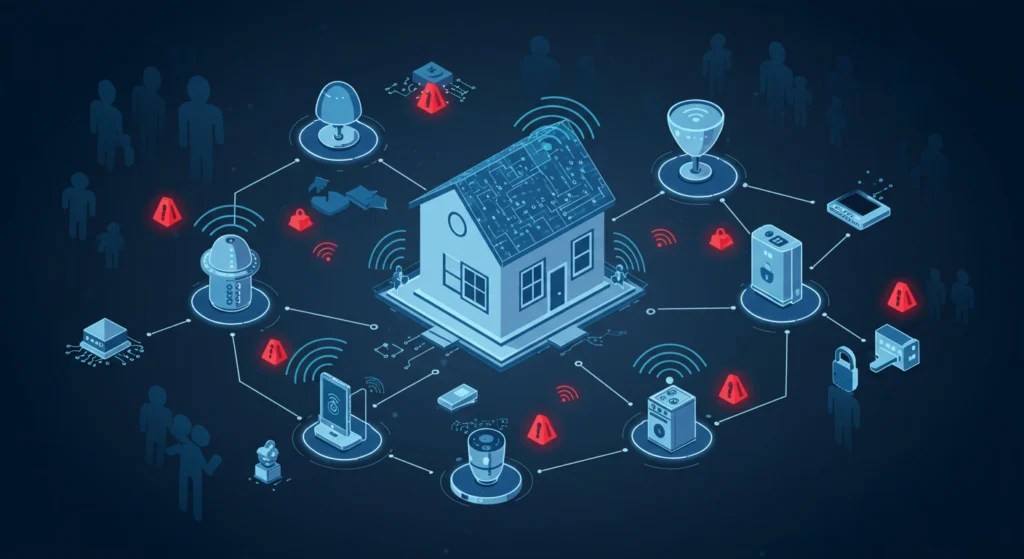
Let’s examine the costs of setting up and maintaining a bright house. Smart home technology can be expensive, and the expenses do not stop with the installation phase.
High Initial Costs: Setting Up a Fully Connected Home
Upgrading to a smart home can be costly, particularly if you want a completely integrated system. Voice assistants, security cameras, and smart thermostats may increase costs rapidly. While some gadgets are reasonably priced, some can be costly, particularly if you are searching for high-end models or systems that need to be installed by professionals.
Subscription Fatigue: Hidden Monthly Fees for Cloud Storage and Premium Features
Many smart home gadgets have monthly fees you have to pay. For instance, security cameras might need a monthly cloud storage plan to store footage, and voice assistants might charge extra for extra features like more speech commands or better integrations with third-party services. It is easy for these regular costs to add up, which can lead to “subscription fatigue.”
Repair Nightmares – Smart Gadgets Break, and Fixing Them Isn’t Cheap
Fixing your smart gadgets when they break can be frustrating and expensive. Many smart gadgets only last briefly, and warranties might not cover repairs. If your gadget breaks, you might have to buy a new one, which will cost you more money.
Compatibility Issues: Different Brands, Different Apps, Endless Frustration
Another problem with smart homes is combining various brands and gadgets. Devices from different makers often need different apps or do not work well together, so compatibility problems are common. This can break up the user experience, making it hard to create a smart home environment that works well together.
Are smart homes worth the price? Cost-Benefit Analysis
Even if smart homes are convenient, balancing the advantages and disadvantages is crucial. Some people believe that the benefits of smart devices outweigh the costs. Others may find that the hefty initial fees, recurring subscriptions, and possible repair costs exceed the advantages.
Dependence on Internet and Power: The Smart Home Reliability Issue

Both electricity and the internet are essential to smart houses. This provides smooth automation, but it also introduces several possible weaknesses.
Wi-Fi Down? So Is Your Home—What Happens When Internet Connectivity Drops?
If your internet connection drops, your smart home may not work. Smart devices like thermostats, lights, and security cameras may stop working if your Wi-Fi network is unstable, leaving you in the dark.
Power Outages Turn Smart Homes Dumb—The Risk of Relying Too Much on Automation
Many smart devices will not function if there is a power outage. If your house is entirely automated, this could result in losing vital security systems, heating, and lighting. Depending too much on automation may make you susceptible in an emergency.
Latency Issues: Delays and Lagging Responses from Smart Devices
Smart gadgets may slow or take longer to respond, even when the electricity and internet are operational. Waiting for a response can be annoying if you depend on an intelligent assistant to manage your house. From security warnings to lighting control, this latency problem can impact everything.
Cloud Reliance: Why Cloud-Dependent Devices Can Stop Working Unexpectedly
Cloud services are essential to the operation of many smart devices. If there is an outage or technical difficulty with the service, your gadgets might not function as intended. Users who depend on external servers may also have additional issues.
Steep Learning Curve and Technical Issues: Are Smart Homes User-Friendly?
Smart home technology isn’t always as intuitive as it seems.
Too Many Apps, Too Much Confusion—Why Smart Homes Can Be Overwhelming
It is possible to feel overwhelmed while managing various applications for various devices rapidly. While specific systems guarantee seamless integration, others may require you to manage many platforms, each with its user interface and configuration options.
Frequent Software Updates and the Risk of Breaking Existing Features
Regular software upgrades are necessary for smart devices, although they are not always successful. New updates occasionally cause gadgets to misbehave or even cease working entirely by breaking existing functionalities.
Bugs and Malfunctions: When Automation Fails and Locks You Out of Your Own Home
Another common problem is broken automation. Getting home from a long day can be frustrating, and finding your smart lock or thermostat doesn’t work can be even more frustrating. These bugs can be annoying and can also threaten your safety and comfort.
Not User-Friendly for Everyone: Why Elderly Users Struggle with Smart Home Tech
Smart home technology may be simple for tech-savvy people but complex for older or less tech-savvy users. Those uncomfortable with new technologies may also find setting up and maintaining smart devices difficult.
Environmental Concerns: Is Smart Tech Green?
Despite being marketed as energy-efficient, smart home technology can have an environmental impact.
E-Waste Problem: Discarded Smart Devices Contribute to Environmental Pollution
Smart devices have a short lifespan and are often replaced or discarded after a few years. This contributes to the growing issue of e-waste, which is difficult to recycle and has a significant environmental impact.
Energy Consumption Myths: Some Smart Devices Use More Power, Not Less
While some smart devices are designed to save energy, others can consume more power. Always-on devices like security cameras or voice assistants can use a significant amount of electricity, raising concerns about their true environmental impact.
Short Lifespan of Devices: Planned Obsolescence and Frequent Upgrades
Many smart devices are designed with short lifespans, leading to frequent upgrades and increased e-waste. This planned obsolescence is problematic for the environment and your wallet.
Recycling Smart Tech: Challenges in Properly Disposing of Outdated Gadgets
Recycling smart devices can be challenging, as many contain difficult-to-process materials. Proper disposal of outdated gadgets remains a significant environmental hurdle.
Read More on the Benefits of Smart home security setup.
Conclusion
Smart home technology offers convenience, security, and energy efficiency but has significant drawbacks. Before investing, you must consider privacy concerns, high costs, reliance on the internet and power, and environmental impact.
While smart homes can improve the quality of life for some, it’s essential to weigh the pros and cons carefully. Do your research, protect your privacy, and make sure the investment aligns with your needs and budget.
Have you experienced any smart home tech failures or frustrations? Share your thoughts in the comments below!
This revised version is structured to engage readers and provide valuable, informative content optimized for search engines. It uses detailed explanations and subheadings to improve readability and SEO ranking.
FAQs
Can smart home devices be hacked?
Yes, smart devices can be hacked, especially if they’re not secured with strong passwords and updated software.
Do smart home devices increase electricity bills?
Some devices do, especially if they run 24/7. Smart cameras, hubs, and always-on assistants consume more power than you think.
Are smart homes too expensive?
The upfront cost can be high, and many devices require subscriptions for full functionality, making them an ongoing expense.
Do smart homes work without the internet?
Some local automation works, but many features rely on Wi-Fi. If your internet goes down, so does most of your smart home.
What’s the most significant security risk of smart homes?
Weak passwords and outdated firmware make devices vulnerable to hackers who can access cameras, door locks, and personal data.
Can I make my smart home more secure?
Yes! Use strong passwords, enable two-factor authentication, update devices, and invest in a secure router.
Are smart homes hard to use?
Some people find them intuitive, but managing multiple apps can be overwhelming for elderly users or non-tech-savvy people.
Do smart homes save money on energy bills?
In some cases, but if you use multiple smart gadgets, your additional electricity consumption might offset your energy savings.
What happens during a power outage?
If your smart home relies on cloud services, some devices may stop working until power is restored.
Are there privacy concerns with smart assistants like Alexa?
Yes. Smart assistants listen for wake words, but they sometimes record unintended conversations.
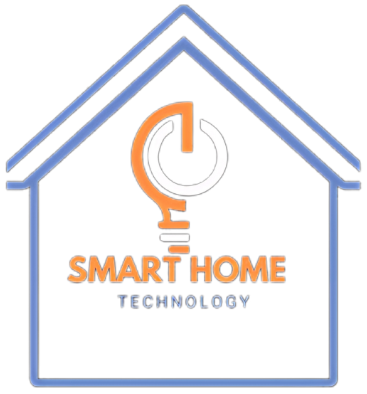
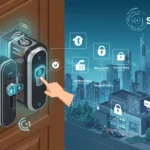

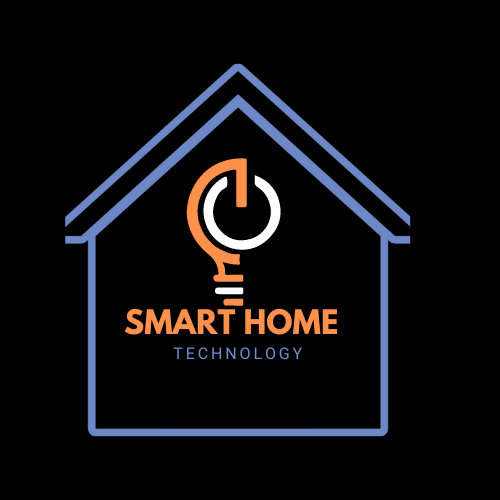
Pingback: Benefits and Advantages of Smart Home Technology in 2025 (Powerful Guide) - smarthomze.com
Pingback: Smart Home Security 101: How to Protect Your Home in 2025 - smarthomze.com